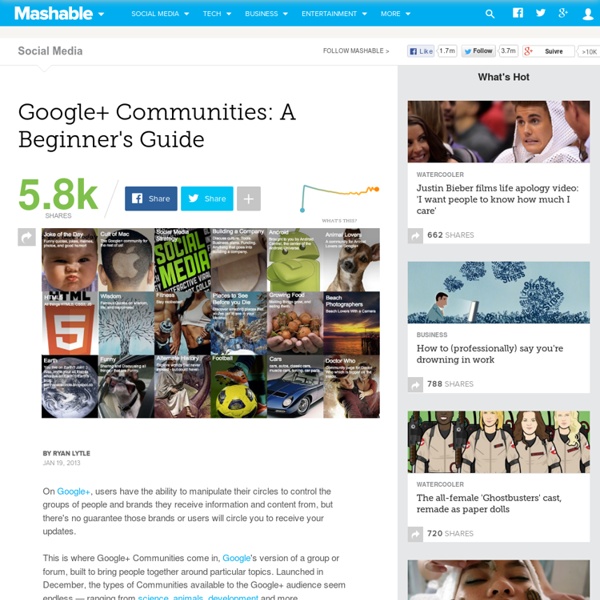Google+ Communities: A Beginner's Guide

Beginners Guide to WordPress: Setting up a local site, Setting up a working development environment, Gaining practical skills and Developing understanding
As individual developers we are concerned with the full version of WordPress. For individual developers that are learning their trade or who need access to an environment where they can experiment and practice without the additional issues of acquiring web space and a web server we need a local web server installed that will replicate the online web space where WordPress would normally be housed. There are a couple of solutions listed below. I suggest you try out both options i) to see what environment you like working in the most and ii) give you the opportunity to work on a couple of WordPress sites as you experiment in the future. · Have a read of section 1 for some background to the technology · Try both implementations in section 2. · Section 4 will give tips on using Dreamweaver as your development environment. · In section 5 we get down to work by creating a WordPress theme. · Section 6 Plugins, you will not really need at this stage, but it is there for future reference I. II. II.
Search Results » edmodo
What it is: If you’re like me, you can think of hundreds of ways that social networks could be used positively in the classroom. The problem: most of us can’t access said networks in our classrooms-blocked by over zealous filtering! Not to worry, there are some great classroom alternatives including Diipo and Edmodo. Diipo is a social network created specially for education. I learned about this particular tool from @nottil, a high school student in Virginia (thanks @nottil!). Diipo makes it easy to communicate with your students, connect with other educators, and other classes. Edmodo is a social networking platform for classrooms that has been around longer. While Diipo is in beta, Edmodo has stood the test of time and is used in classrooms around the world. How to integrate Diipo and Edmodo into the classroom: Social networking is a wonderful way to support your students in their learning. Tips: Edmodo has excellent support and training, be sure to sign up for their free webinars!
Related:
Related:



